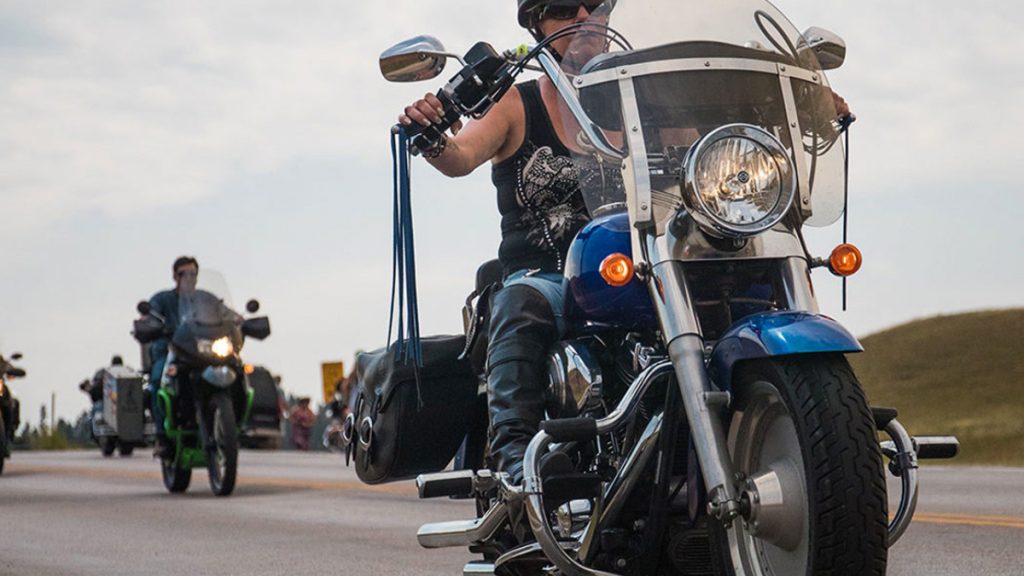There’s a reason your mother probably never liked the idea of you riding a motorcycle. But riding doesn’t have to be as dangerous as she thinks if you follow some basic motorcycle safety tips.
Practice situational awareness
If you have a fender-bender in your car, the metal gets dented or the plastic cracked. Have an accident on your bike and it’s your body that dents or cracks.
A National Highway Traffic Safety Administration (NHTSA) study found that motorcyclist fatalities occurred 29 times more frequently than passenger-car-occupant fatalities.
That’s why it’s critical that your eyes are always moving and you keep your head on a swivel. Understand your surroundings and the hazards they present. Make eye contact with motorists at intersections to confirm they see you.
Know your limits
Ride a bike whose weight, size and power are tailored to your skill level.
Too much weight or power is a recipe for an accident. When seated, your feet should easily reach the ground without having to use the tips of your toes. If the bike feels too heavy, it probably is.
Don’t take it as a shot to your manhood (or womanhood) to opt for a bike with lower displacement. Today’s small- and mid-sized bikes offer plenty of power to get the job done.
Watch your speed
It’s tempting to lay into the throttle on an open stretch of road, but be careful. A speeding ticket is the least of your worries. The faster you ride, the less time you have to react to potential hazards, like a pothole, debris on the road or inattentive motorists.
Ride within your comfort zone and the limitations of the law.
Leave room for braking
Avoid riding up someone’s tailpipe in order to ensure plenty of room for braking if you have to stop suddenly. If you have to brake in an emergency, use both the front and rear brakes and apply them progressively until you reach max pressure – don’t immediately squeeze the levers as hard as you can. Doing so invites a skid.
Practice your cornering skills
Holding a bike steady around a corner – especially a high-speed sweeper on a freeway or a tight hairpin – takes skill. Look ahead to where you want to go. The motorcycle will follow where you look, so don’t stare at the ground in front of you or the telephone pole up ahead. Try to look as far ahead as you can. If you’re a novice, find a quiet rural road or lightly trafficked street to practice cornering.
Avoid riding at night
This is an especially important motorcycle safety tip if you live in a rural area. Deer and other wildlife can jump out in front of you without notice. Even a bird, like a grouse or pheasant, can knock you off your bike and cause a severe accident.
In urban areas, you can quickly get lost in the glare from streetlights or oncoming cars. Don’t ride at night unless absolutely necessary.
Wear the right gear
Riding in flip-flops and a tank top won’t feel as great as it looks if you dump your bike.
Instead, invest in gear that will help protect you from bugs, rocks and other debris; wind; hot sun and, of course, the pavement in the event of a crash.
A leather jacket, chaps, boots and gloves are standard fare for many riders. Invest in a good helmet, too. NHTSA estimates that helmets have saved more than 25,000 lives since 2002. If you choose not to wear a helmet in states where the choice is left to you, at least wear good eye protection.
Don’t drink and ride
It goes without saying that pounding beers all night and hopping on your bike are a potentially fatal mix. Drunk riding accounts for nearly one-third of fatal motorcycle accidents. You can’t control how the other people on the road drive, but you can control your behavior.
Follow these motorcycle safety tips to help ensure your next ride isn’t your last one.
